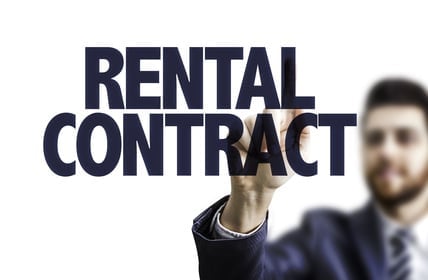The National Rental Home Council (NRHC) has established “recommended best practices for defining, calculating, and reporting key financial and operational disclosure metrics for the single-family rental (SFR) industry.” Green Street Advisors’ Advisory and Consulting Group provided subject matter expertise and worked with NRHC members to develop standardized definitions and calculations of common disclosure metrics and helped document industry best practices. This report helps public and private markets better understand the single-family rental industry’s performance and valuation measures and improve the consistency and transparency of information across the industry.

“As the single family rental industry continues to grow and mature, investors and others are seeking clearer and better insights into the industry’s basic performance and valuation measures,” said NRHC Board President and Invitation Homes CEO John Bartling. “In agreeing to a set of best practices for disclosure, we are taking a significant step forward in the continued evolution and maturation of our industry.”
To produce the recommended common language outlined in the report, Green Street Advisors’ Advisory and Consulting Group reviewed and compared NRHC members’ existing disclosure and definitional practices to identify a set of metrics deemed important to the single-family rental industry and broader REIT universe. The resulting document provides “best practices” for calculating and reporting portfolio, leasing, income and asset value metrics, with a non-binding recommendation that industry participants adopt these best practices to facilitate consistency and comparability across companies throughout the sector.
The report is 34 pages in length. Much to long to thoroughly cover in a short article. You can view the entire report here.
While the best practices outlined in this publication are non-binding upon NRHC members, the NRHC recommends that its member firms adopt the guidelines in the report. Consistency and transparency of disclosure helps support investor confidence, and investor confidence contributes to the reduction of the cost of capital for any industry.
The main categories covered are:
What follows are a few of the definitions the report includes for standardization purposes.
This is only a small sample of the best practice definitions released in the NRHC report.
To some, this may seem like over regulation but these best practices are nonbinding and are intended for institutional investors. A better understanding of this relatively new, powerful, and growing industry sector can only help individual private investors.
Please leave a your comments or if you have a question. Also, our weekly Ask Brian column welcomes questions from readers of all experience levels with residential real estate. Please email your questions, inquiries, or article ideas to [email protected].